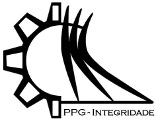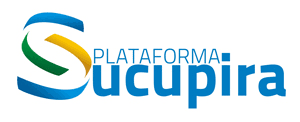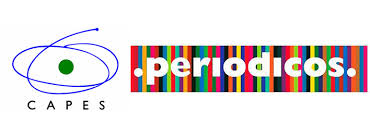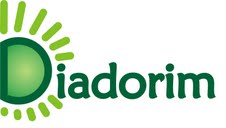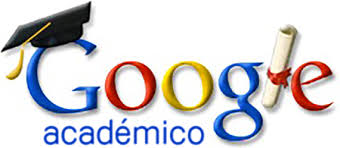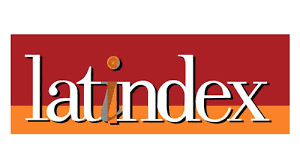BEMLAB2D: GUI MODELING, VISUALIZATION AND ANALYSIS WITH BOUNDARY ELEMENT ”“ AN APPLICATION INELASTOSTATIC PROBLEMS
DOI:
https://doi.org/10.26512/ripe.v2i27.14445Abstract
Abstract. The graphical user interface (GUI) in usual engineering problems, has facilitated the modeling as well as provides greater flexibility in meshing, boundary conditions and physical properties by employing visual tools, improving the analysis interpretation. However, with the need for more efficient computational implementations - less computational effort and shorter analysis, the boundary element method (BEM) comes as efficient and flexible suggestion, allowing greater versatility to the geometric modeling and meshing programs. The BEM stands out among the other numerical methods due to discretization criterion of the model adopted, in the case it occurs only on the boundary thereof, making simple and versatile implementation. In this context, this work proposes the development of a graphical interface program easy user handling for pre-processing, called BEMLAB2D and implemented in MATLAB for two-dimensional models analysis with BEM, which allows modelling complex geometries, including multiple regions , cracks and holes, as well as editing and viewing the results in an interactive and visual way. Keywords: GUI, Boundary Element Method, Elastostatic, Matlab, two-dimensional models.Downloads
Published
Issue
Section
License
Given the public access policy of the journal, the use of the published texts is free, with the obligation of recognizing the original authorship and the first publication in this journal. The authors of the published contributions are entirely and exclusively responsible for their contents.
1. The authors authorize the publication of the article in this journal.
2. The authors guarantee that the contribution is original, and take full responsibility for its content in case of impugnation by third parties.
3. The authors guarantee that the contribution is not under evaluation in another journal.
4. The authors keep the copyright and convey to the journal the right of first publication, the work being licensed under a Creative Commons Attribution License-BY.
5. The authors are allowed and stimulated to publicize and distribute their work on-line after the publication in the journal.
6. The authors of the approved works authorize the journal to distribute their content, after publication, for reproduction in content indexes, virtual libraries and similars.
7. The editors reserve the right to make adjustments to the text and to adequate the article to the editorial rules of the journal.


